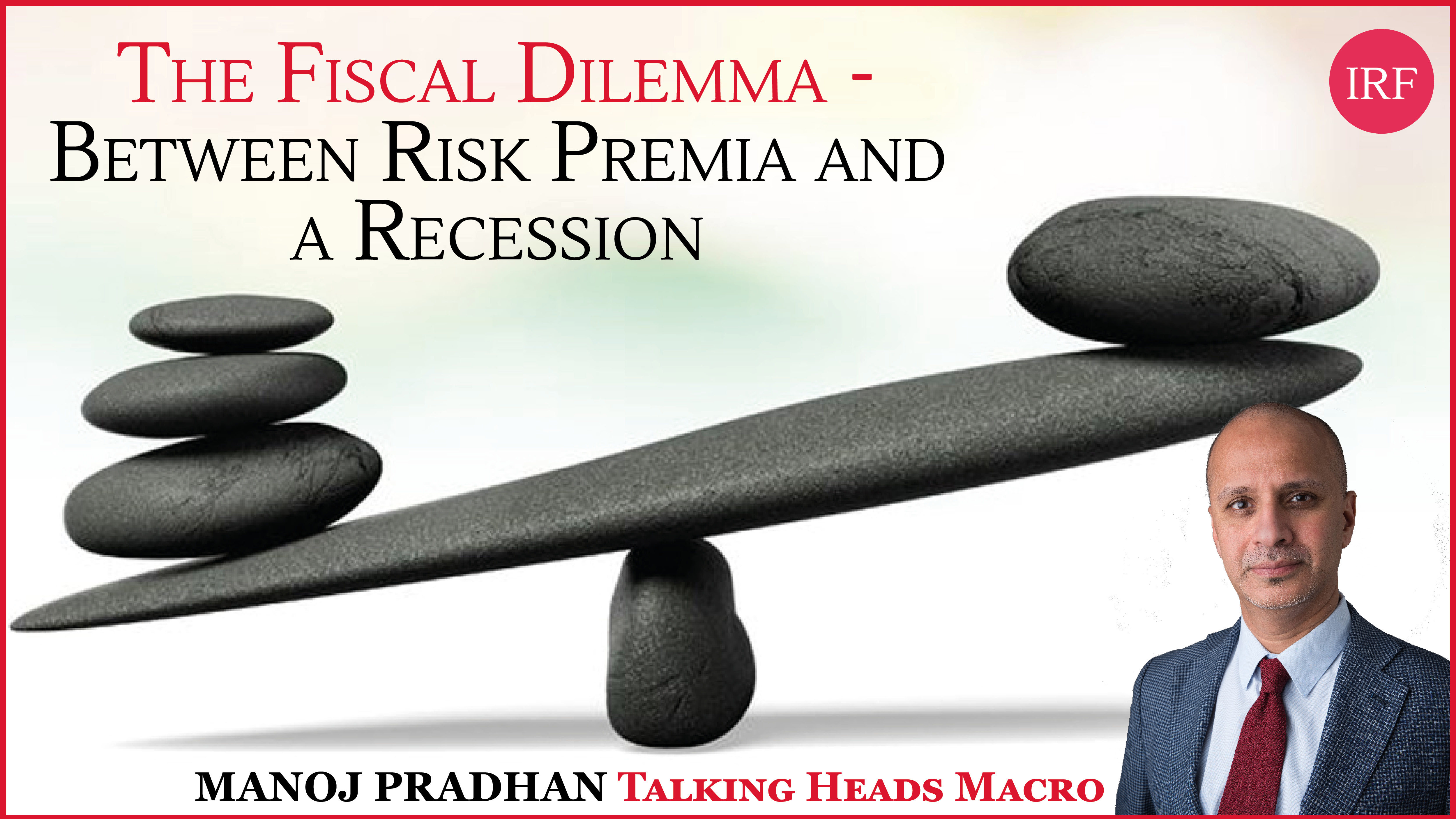The Fiscal Dilemma - Between Risk Premia and a Recession
Talking Heads Macro
Wed 26 Feb 2025 - 14:00 GMT / 09:00 EST
Summary
Manoj Pradhan's discussion on "The Fiscal Dilemma: Between Risk Premia and Stall Speed" underscores the precarious path the U.S. fiscal policy must navigate in 2025. While reducing government spending is necessary to manage fiscal risk premia, excessive cuts—especially those affecting lower-income households—could slow economic growth and push the economy toward stall speed. The balance between fiscal consolidation and economic stability remains uncertain, with greater clarity expected closer to summer.
The U.S. has managed to avoid the post-pandemic stagnation observed in other economies due to its large fiscal expansion, which has supported personal incomes and employment. However, replicating the strong economic conditions of 2024 will be difficult. That year’s success was driven by robust productivity, large primary deficits boosting household savings, and global disinflationary forces. In 2025, maintaining economic exceptionalism will require strategic expenditure cuts with minimal negative fiscal multipliers and incentives for capital expenditures through deregulation.
Globally, economies that have withdrawn fiscal support have faced slowdowns or recessions due to real wage declines and rising interest expenses, leading to higher household savings. Outside the U.S., real wages have not fully recovered, affecting disposable incomes and consumption. Higher interest expenses, particularly in countries with variable mortgage rates, have strained household finances, prompting early debt repayments instead of spending.
From a market perspective, the Dec’25-10y yield curve flattener trade remains favorable if fiscal policy adjustments continue in a measured way. However, expenditure cuts should be surgical rather than broad-based to avoid an economic drag. Bessent requires additional deregulation to direct savings into capital expenditure, ensuring sustainable investment despite high interest rates.
The biggest risk lies in the political misalignment between Musk, Bessent, and Trump. If Musk’s expenditure reductions become overly ideological or aggressive, they could weaken economic momentum, forcing Bessent to prioritize protecting growth over incentivizing capital investment. Furthermore, without rapid deregulation from President Trump, the cost of capital remains too high, even if the return on capital is promising. All three key players must coordinate their policies effectively to prevent market volatility and economic stagnation.
In conclusion, the U.S. faces a delicate fiscal balancing act in 2025. While deficit reduction can help stabilize risk premia, the approach must be well-executed. Musk’s fiscal discipline must be targeted, Bessent requires deregulation support to enable investment, and Trump needs to accelerate policy shifts to maintain economic momentum. Without these coordinated efforts, the risk of economic stall speed or recession looms large, with significant market implications.
Topics
Why has growth stalled with fiscal discipline or austerity in the G10 (despite central banks telling us that real income growth will raise consumption)?
What are the limits to cutting government expenditures in the US?
The path better reducing the fiscal risk premiums through cutting the budget deficit and pushing the existing into recession lies in taking s scalpel to spending, not a sledgehammer.
